Products Winter Grains Winter wheat Liberia




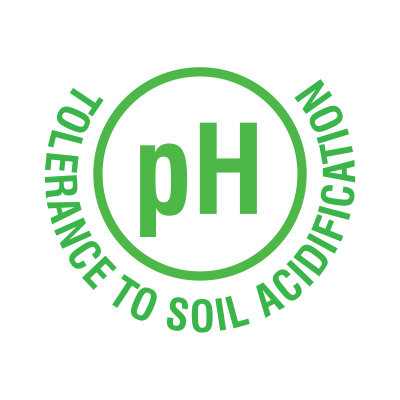

Special features of winter wheat Liberia
- Outstanding resistance to basic wheat diseases confirmed by the presence of genes for resistance to powdery mildew and brown rust.
- High and stable yield potential at both basic (a1) and intensive (a2) agrotechnical levels, confirmed also in dry years – up to 104% of the reference (according to COBORU 2020), in every testing region.
Other information
- Uniform and robust grain with very good quality parameters – most of them, such as protein content, falling number or sedimentation index, reach a level suitable for use in milling and baking.
- Very high winter hardiness.
- Low soil requirements and very high tolerance to soil acidification.
- Mid maturity date.
- Medium height plants with strong and stiff straw, with very high lodging resistance before harvest.
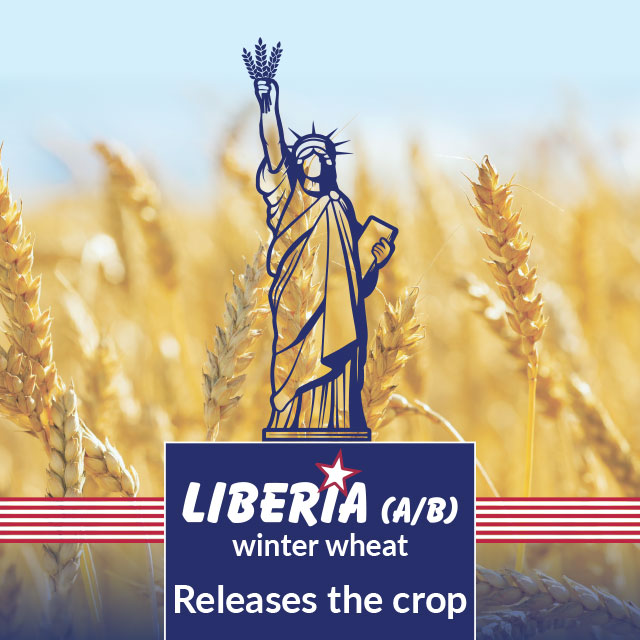
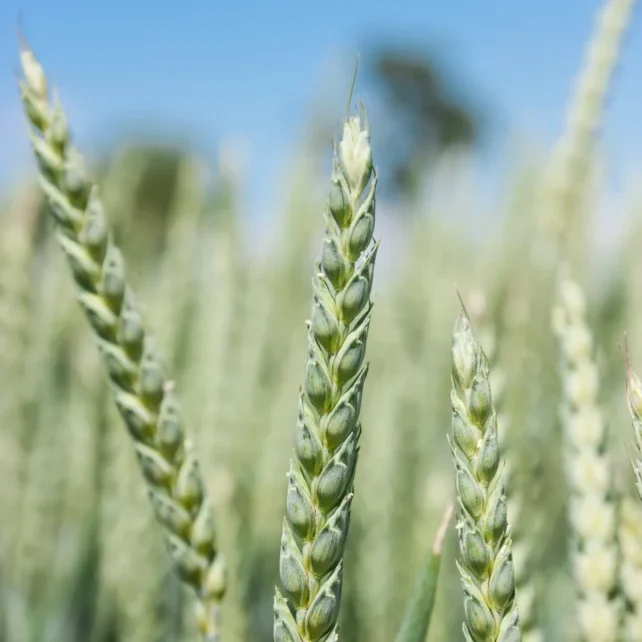
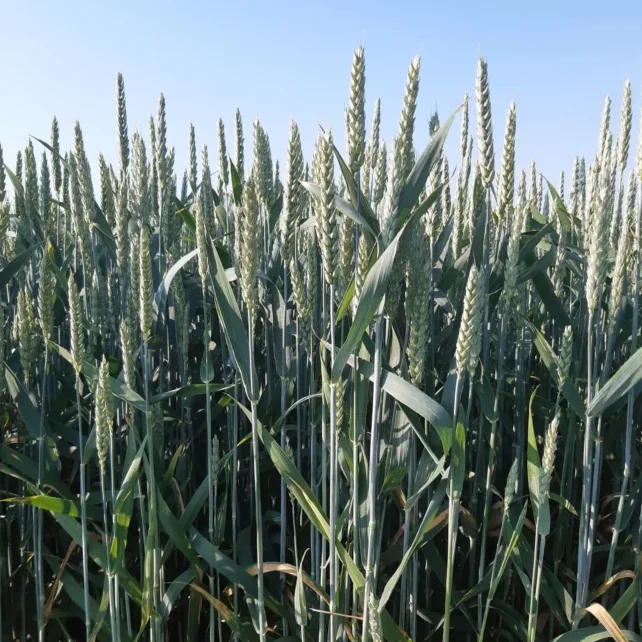
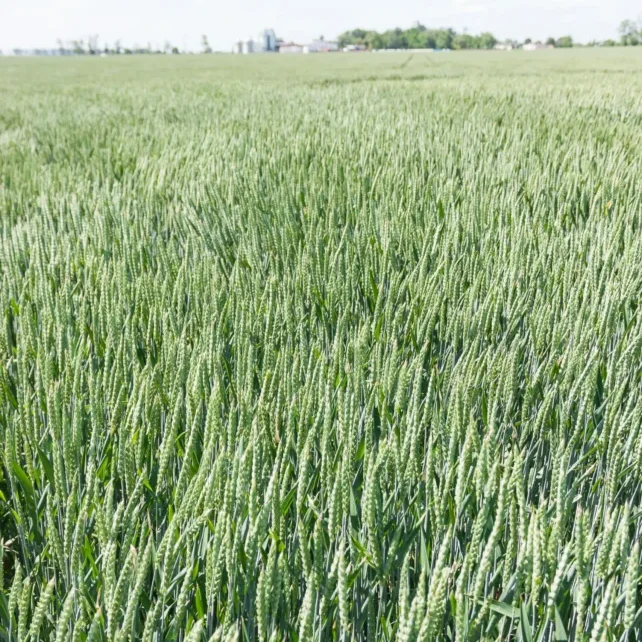
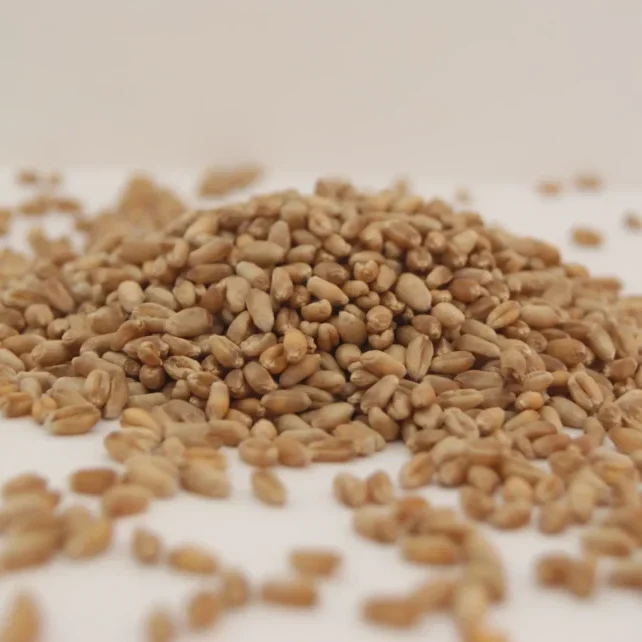
Previous image
Next image
Utility and agricultural features
Type of variety
A/B
Earing date
medium
Full maturity date
medium
Plant height
93 cm
Winter hardiness
4
Resistance to lodging
7,6 very high
Soil requirements
low
Tolerance to soil acidity
very high
TGW
44,2 g
Seed density (pcs per sq.m)
300-350 pcs
Disease resistance according to Coboru:
Snow mold
7,4 high
Powdery mildew
7,8 very high
Stem base diseases
6,9 good
Brown rust
7,6 high
Stripe rust
8,3 very high
DTR
7,3 good
Leaf septoria
6,5 good
Chaff septoria
7,6 good
Ear fusariosis
7,5 good
Grain quality parameters
Grain uniformity
79%
Density of grain at bulk
77,1 kg/hl
Seed protein
12,90%
Falling number
365 s
SDS sedimentation index
90 ml
Wet gluten amount
20,20 %

